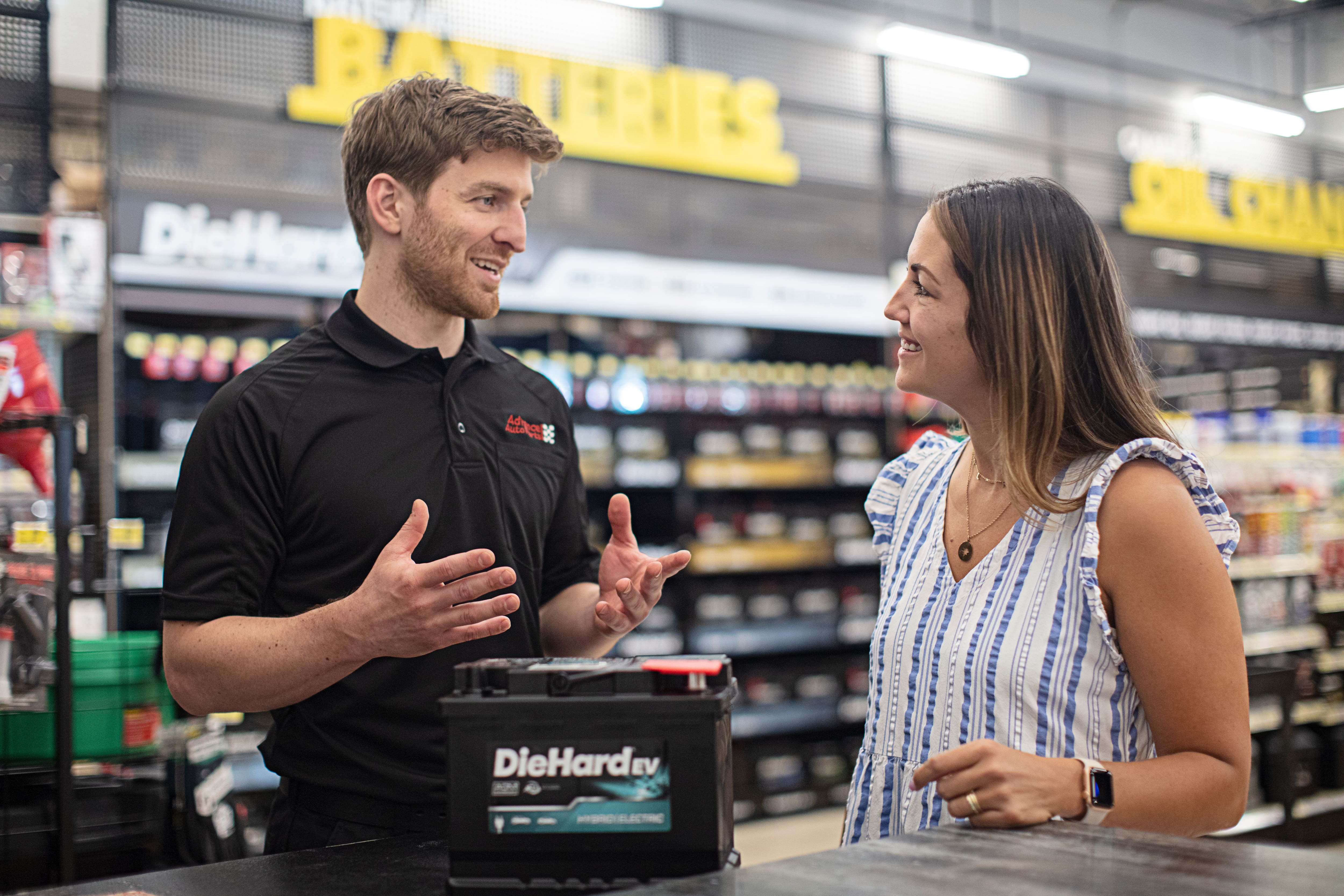We all have moments of panic when that dashboard light comes on. What does it mean? Is it something serious? How much is this going to cost?
Not to worry—we've got you covered. By sticking to a regular vehicle maintenance schedule and using the right one, you can ensure that your vehicle runs for years into the future with nary a problem.

Source | Sofiya01
Make sure you're doing regular maintenance
First, it's important to know a little about regular car maintenance and what exactly it entails. While many experts disagree on the timing of maintenance, they don't disagree on what needs to be done to keep a vehicle in tip-top shape.
Things like oil changes, tire rotations, and tire pressure checks, are imperative, and a lot like a doctor's physical exam for your car. They can tell you when something may start to go wrong and can help prevent you from having to lay out a huge chunk of cash later for a major repair.
Preventive maintenance for cars
Next, you need to determine the correct preventive maintenance schedule for your particular vehicle. Figuring out when to do maintenance on your car can be a tricky thing. The best way is to check out the maintenance manual that should have come with your new or new-to-you car. If yours is missing, a quick Google search of your vehicle's year, make, and model should do the trick and help you locate the right information for your car.
Doing preventative maintenance is one of the most important things you can do to maintain your vehicle. If you stick to a regular schedule that's right, you'll be able to enjoy it for years to come and save thousands in the process.
When to follow a severe maintenance schedule
There are times and circumstances when you'll need to follow what's known as a severe-duty maintenance schedule. This schedule differs from a regular schedule mainly in that it requires you to do maintenance on your vehicle more frequently.
When you drive your vehicle with regularity in any kind of extreme circumstances, you'll inevitably end up with more wear and tear. Extreme conditions may not be as extreme as you think and include:
- High temperatures
- Very short drives
- Towing or hauling
- Lots of stop and go traffic
- Live in a hilly area
This type of usage is especially hard on the transmission, brakes, and driveline.
Why you might want to follow a severe schedule
While you may believe that you fall into the regular maintenance bucket, many drivers don't. Most manuals today suggest a regular maintenance schedule for "ideal" driving situations only. That is, times when you aren't driving your vehicle in stop-and-go traffic, or when it's not very hot or very cold out.
Generally, you should follow a severe maintenance schedule if you drive less than 4 to 6 miles in one sitting in extremely hot or cold conditions. This kind of driving can cause the oil and filter to break down faster and mean problems for your vehicle if you don't stick to the severe maintenance schedule.
Consider how often that actually happens in your driving life. If you find you're driving in the severe conditions we listed, like most of us do, it's better to stick to the severe maintenance schedule. One of the main recommendations of severe maintenance schedules is to have a complete oil change and oil filter change every 3,000 miles, rather than every 5,000 miles.
By choosing the right maintenance schedule, you'll be able to ensure that your vehicle will last well into the future and you'll be able to drive safely and effectively without having to worry about breakdowns or problems.
Do you have a rule of thumb when it comes to maintenance? Share the wisdom in the comments.








